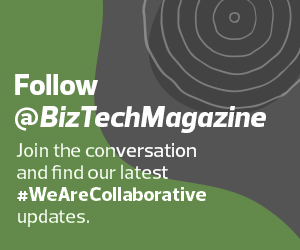What factors were at play? Simply put, Rosenbaum said that overall participation was down, and while fundraising totals in general were continuing to grow, the number of people taking part in fundraising efforts has continued to slip in recent years.
Christa Evans, vice president of development with First Book, noted that one of the challenges that nonprofits faced was an inability to capitalize on the unusual circumstances of 2020.
“So we knew that 2020 was a flip in terms of acquisition because of the urgency of our missions,” Evans said. “But we're not capitalizing on the brand awareness and the mission message that was put out during those times to keep that acquisition up.”
BUILD YOUR STRATEGY: Learn how the right IT team can help strengthen your digital strategy.
Shifting Donor Demographic Needs
During a Wednesday session, Classy COO Soraya Alexander brought in members of the company’s leadership council, many of whom have prominent places within the nonprofit sector — a perch that gives them a unique perspective on the sector’s evolution.
Victoria Vrana, deputy director of philanthropic partnerships at the Gates Foundation, noted that it is important to understand donors’ motivations and how shifting demographics can affect those things.
“There's really no statistical difference in giving across race and ethnic groups, but there is a big difference in the how and why donors are giving,” Vrana said. “So, Asian and Black donors are much more likely to give to social justice causes than white donors. They're more likely to give through informal channels like mutual aid or direct cash transfers and crowdfunding. They're more likely to be donors and filler across the board and more likely to be on crowdfunding platforms.”
These differences, she noted, highlighted the importance of understanding targeted strategies. “Making sure that we've got all the pathways open for every donor is critical, I think, for the sector,” she said.
During the Thursday session, Jeannie Sager, director of the Women’s Philanthropy Institute at Indiana University, said that it was important to know that the status quo — as she noted, per Blackbaud data, the average donor was a 65-year-old white woman — was likely to change.
“So what are we doing, with regard to our systems, to make sure that we are reaching out to those future donors and meeting them where they are, and relating to them as they are and understanding their experience?” Sager said.
READ MORE: Learn why nonprofits should consider restructuring to support recurring donations.













